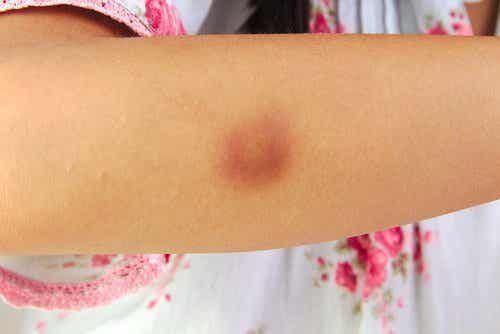Burns refer to tissue damage caused by external factors such as high temperature, chemical substances, and electric currents. The elderly and children are the most common. With the aging of the population, the number of burn patients is increasing year by year. The management and treatment of burn wounds are burn treatment one of the important parts. Below we describe the basic principles and methods of burn wound management and treatment.
First, understand the classification of burns:
First-degree burns: First-degree burns affect only the superficial layers of the skin and usually present with redness, pain, and mild peeling. First-degree burns usually do not require specific treatment, and symptoms can be relieved with cold compresses, topical ointments, etc.
Second-degree burns: Second-degree burns affect the superficial and dermal layers of the skin and usually present with blisters, pain, and redness. Second-degree burns require wound cleaning and disinfection, and dressings to promote wound healing and prevent infection.
Third-degree burns: Third-degree burns affect all layers of the skin, including the dermis, subcutaneous tissue, and muscles. Typically presents with darkening, hardening of the skin, painlessness, and dryness of the wound. Third-degree burns require surgical treatment, such as skin grafts, to restore function to the damaged tissue.
Fourth-degree burns: Fourth-degree burns affect not only the skin and tissues but also deep tissues and bones. Fourth-degree burns often require emergency surgery to save life and avoid disability.
Early care of burn wounds:
1. Wound cleaning and disinfection: Burn wounds need to be cleaned and disinfected to avoid infection and aggravate pain. Cleaning should be done by gently washing the wound with warm water and soap. Appropriate disinfectants, such as povidone iodine and alcohol, can be used for disinfection.
2. Use functional wound dressings to cover the wound surface: it is recommended to use Silicone Foam Dressing if there is a large amount of exudate. Silicone foam dressing combines polyurethane foam with softness, skin-friendly, elasticity, vertical absorption, and silicone viscosity. Mild, safe, and non-irritating The advantages of non-toxicity and reapplicability. Moreover, the silicone gel will not bring pain to the patient when changing the dressing, and the operation is simple and convenient. To protect wounds, prevent infection, and relieve pain.
3. Horizontal treatment: The treatment of burn wounds requires horizontal treatment, that is, select an appropriate treatment method according to the degree and depth of the burn. For minor burns, topical medications such as ointments and sprays can be used for treatment. For deeper burns, surgical treatment, such as skin grafting, is required.
4. Pain management: During the treatment of burn wounds, patients often experience pain and need pain management. Pain relief can be relieved with analgesics and ice packs.
5. Prevention of complications: During the treatment of burn wounds, care should be taken to prevent the occurrence of complications, such as infection and pneumonia. It can be prevented by using antibiotics, respiratory therapy, etc.
During treatment, wound cleaning and disinfection, wound coverage, horizontal therapy, pain management, and prevention of complications are required. Through scientific and reasonable treatment methods, the healing and recovery of burn wounds can be effectively promoted.
For more information on Innomed®Silicone Foam Dressing, Refer to the Previous Articles. If you have customized needs, you are welcome to contact us; You Wholeheartedly. At longterm medical, we transform this data by Innovating and Developing Products that Make Life Life easier for those who need loving care.
Editor: kiki Jia
Date: August 14, 2023

 English
English عربى
عربى Español
Español русский
русский 中文简体
中文简体








